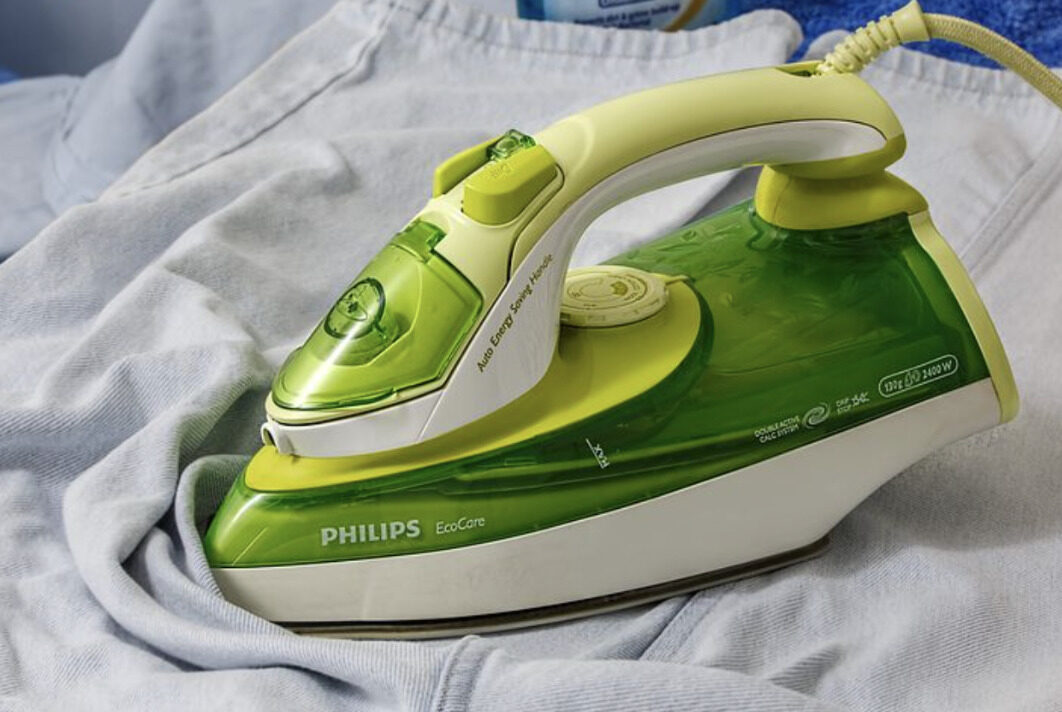Your monthly electricity bill will increase with energy consumption. Last year, experts in the field predicted that household electricity consumption would hit 14.9-kilowatt hours in 2022. And there has been an 8% increase from last year. It is a good idea to understand what is causing high energy bills and employ measures to avoid wastage. One area to look at is your appliance usage. Here are some of them and ideas to lower the impact.
- The dishwasher
Most standard dishwashers use 1.2kWh and 1.5kWh of energy per activity. This is usually indicated on the manufacturer’s manual or the label that came with the appliance. In the US, these appliances have energy rating labels that keep consumers informed about how much power they will use. Knowing this in advance informs the decision to buy it or find something more energy efficient.
You may not have noticed that you are using your dishwasher incorrectly. That could contribute to high energy bills at the end of the month. These appliances use so much energy upon each load, requiring mitigating measures. You can do this by running the appliance when it’s full. Washing dishes in bits means more energy is required, which can impact your pocket. Better yet, you can wash dishes in the kitchen sink and air dry them to save energy. And if you do want to use your dishwasher and make sure it’s as energy efficient as possible, hiring an affordable plumber to install it could be the ideal solution.
- The air conditioner
In many American homes, a central air conditioning system uses at least 3000 watts in an hour. Depending on the brand and the mechanism, it can use up to 5000 watts in the same period. Therefore, if you use your AC often, you can be sure it’s consuming a lot of power. Hopefully, that explains the high energy bills at the end of the month.
To get the most out of the appliance, it would be best to ensure that it is energy-efficient and has an A or B energy rating. Again, regular maintenance and servicing will ensure that it doesn’t work overtime because of dirty filters and clogged vents. However, you can consider alternatives like Affordacool evap coolers, which use 75% less energy. This is a feature you cannot overlook in your bid to reduce monthly electricity bills.
- The refrigerator
The advantage of modern refrigerators is the feature that allows users to regulate internal temperatures. Old models may not have that option, making it difficult to control how much energy the appliance will need to cool your food items. Either way, your refrigerator’s energy efficiency will depend on proactive steps taken by you and the household. It begins by ensuring that the refrigerator door is properly closed and opened only for short periods. It would be best to ensure that nothing is blocking the door and preventing it from closing tightly as it should.
When cool air escapes from your appliance, it is replaced by warm air, and the refrigerator will work overtime to maintain its normal cool temperature. Another point to take note of is frost. Few people know that a 2mm frost build-up in the refrigerator increases energy consumption by 10%. Allowing frost to melt will return the appliance to its normal consumption values. You can use the Eco mode if your refrigerator has that feature. All these proactive measures will save you money in the long run.

